Employee Feature | Jake Carluccio
Jake is a Neuromuscular Therapist here at Cognitive FX.
Published peer-reviewed research shows that Cognitive FX treatment leads to meaningful symptom reduction in post-concussion symptoms for 77% of study participants. Cognitive FX is the only PCS clinic with third-party validated treatment outcomes.
READ FULL STUDY
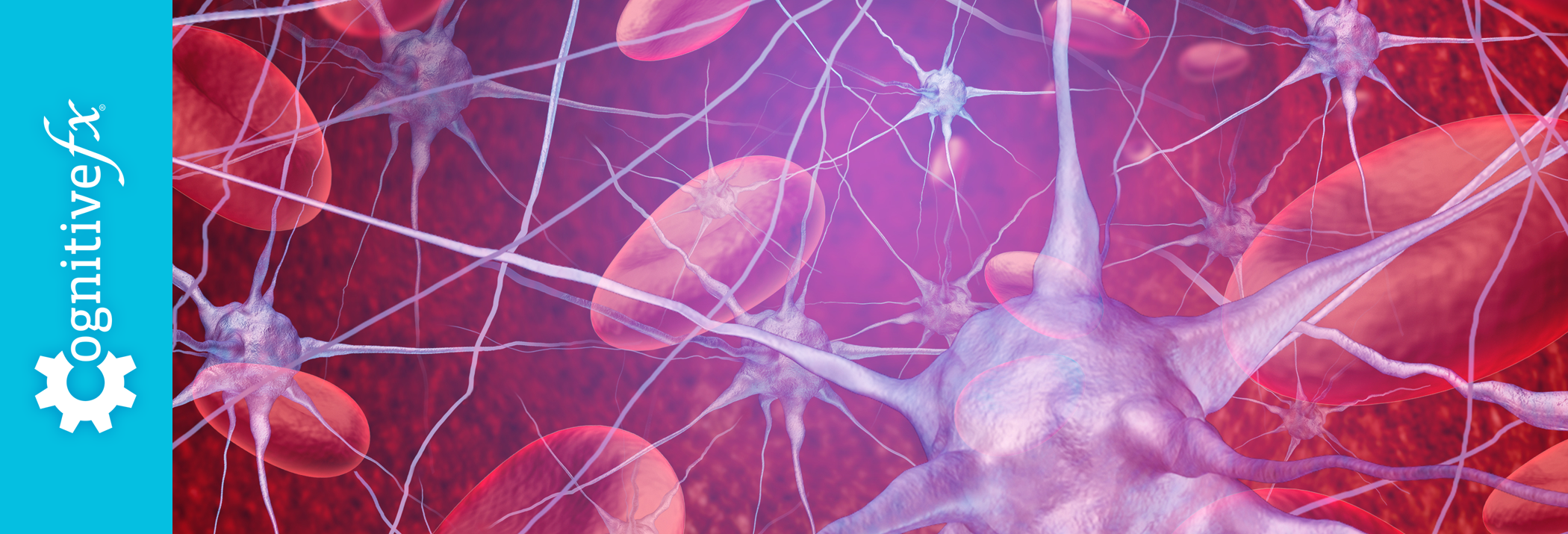
Neuro refers to brain cells, also known as Neurons; Vascular means the blood supply or blood flow which is the same as the vascular system; and Coupling means connection. NeuroVascular Coupling (NVC) is the connection between neurons and their vascular supply, which is their energy source required to function properly.
Essentially NVC is what allows the brain to work and function. This coupling controls the blood flow to the brain and gives the neurons the energy to send and receive messages. Without these nutrients and oxygen regulated by NVC the brain would not work properly.
Why is NeuroVascular Coupling Important?
When NeuroVascular Coupling in the brain is damaged, it can be very hard to re-establish this coupling. We call this NeuroVascular Coupling dysfunction, which means that the connection between the blood flow and the neurons has changed and is not working very well, or as well as it used to before the injury. After a head injury or a concussion, it is very typical that this coupling is not working correctly, which can result in many of the typical concussion symptoms.
When the brain is injured and it is unable to regulate blood flow, it can cause fatigue and exhaustion–along with headaches, slow thinking, brain fog, and many other symptoms.
When the brain can’t regulate the blood flow it needs, it will use a lot more energy because the brain is trying to perform the work it used to but can’t because NeuroVascular Coupling is damaged. This damage makes it hard for the neurons to get the energy and nutrients they need, and that means many regions are not working efficiently.
Typically, each patient will have many brain areas that are working too hard, and other areas that are not working hard enough. The brain works better when each region is doing its job well, and keeping the balance between working too hard and not working hard enough. If a brain region is not doing their job, than other brain regions have to kick in and try to help.
NeruoVascular Coupling Restoration for Real Improvement
After an injury, the brain is doing its best to work properly, but it is mostly compensating for the injury and the areas where the NeuroVascular Coupling is damaged. While it is trying to do its best with what it can, it is still not working correctly. The only way to overcome this dysfunction is to go through a treatment protocol designed to restore NeuroVascular Coupling.
Our EPIC Treatment program aims to help the brain restore NeuroVascular Coupling. Because of fNCI Technology, we can understand which brain regions are not working properly, and our team can target these areas to re-establish NeuroVascular Coupling.

The "Cognitive FX Team" is a collaborative ensemble of distinguished doctors, therapists, and practitioners. Our experts are pioneers in the field of neuroimaging and concussion treatment. With extensive experience and a strong commitment to patient care, our team excels in utilizing cutting-edge technologies, such as functional MRI (fMRI), to provide personalized diagnostic and treatment strategies. Our renowned professionals have published groundbreaking research, developed innovative neuroimaging biomarkers, and conducted thousands of individualized patient assessments. We take pride in our holistic approach to patient care, focusing on physical, cognitive, and emotional aspects of recovery. As leaders in the industry, the Cognitive FX Team is dedicated to advancing the science of concussion diagnosis and treatment to provide our patients with the highest level of care and support.
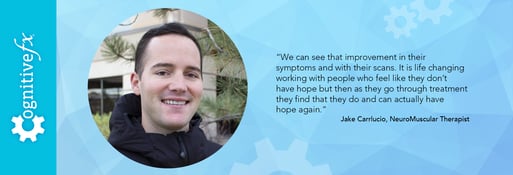
Jake is a Neuromuscular Therapist here at Cognitive FX.
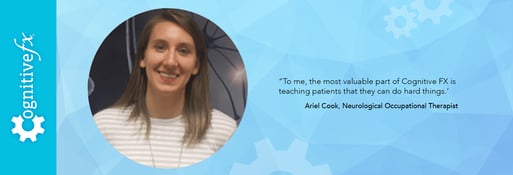
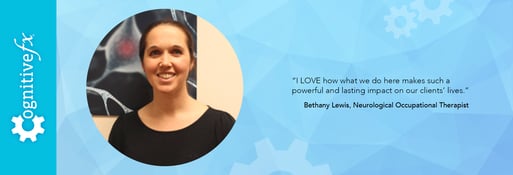
Bethany Lewis is a Neurological Occupational Therapist here at Cognitive FX.
.png?height=175&name=Differences%20Between%20Post-Concussion%20Syndrome%20PCS%20%26%20Chronic%20Trauma%20Encephalopathy%20(CTE).png)
A concussion is a traumatic brain injury (TBI) which is caused by the brain hitting the skull. This can happen in sports, car accidents, falling, or anything similar. A concussion can even be the...
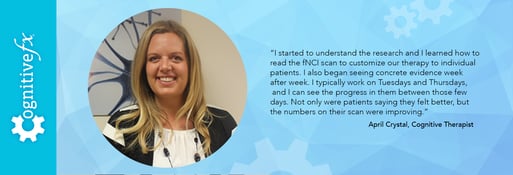
April Crystal is one of our NeuroCognitive Therapists here at Cognitive FX.
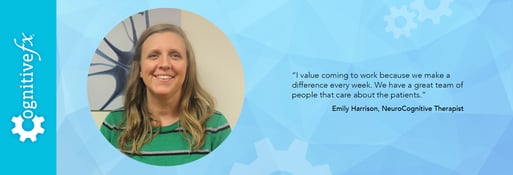
Emily is a NeuroCognitive Therapist here at Cognitive FX.
Published peer-reviewed research shows that Cognitive FX treatment leads to meaningful symptom reduction in post-concussion symptoms for 77% of study participants. Cognitive FX is the only PCS clinic with third-party validated treatment outcomes.
READ FULL STUDY